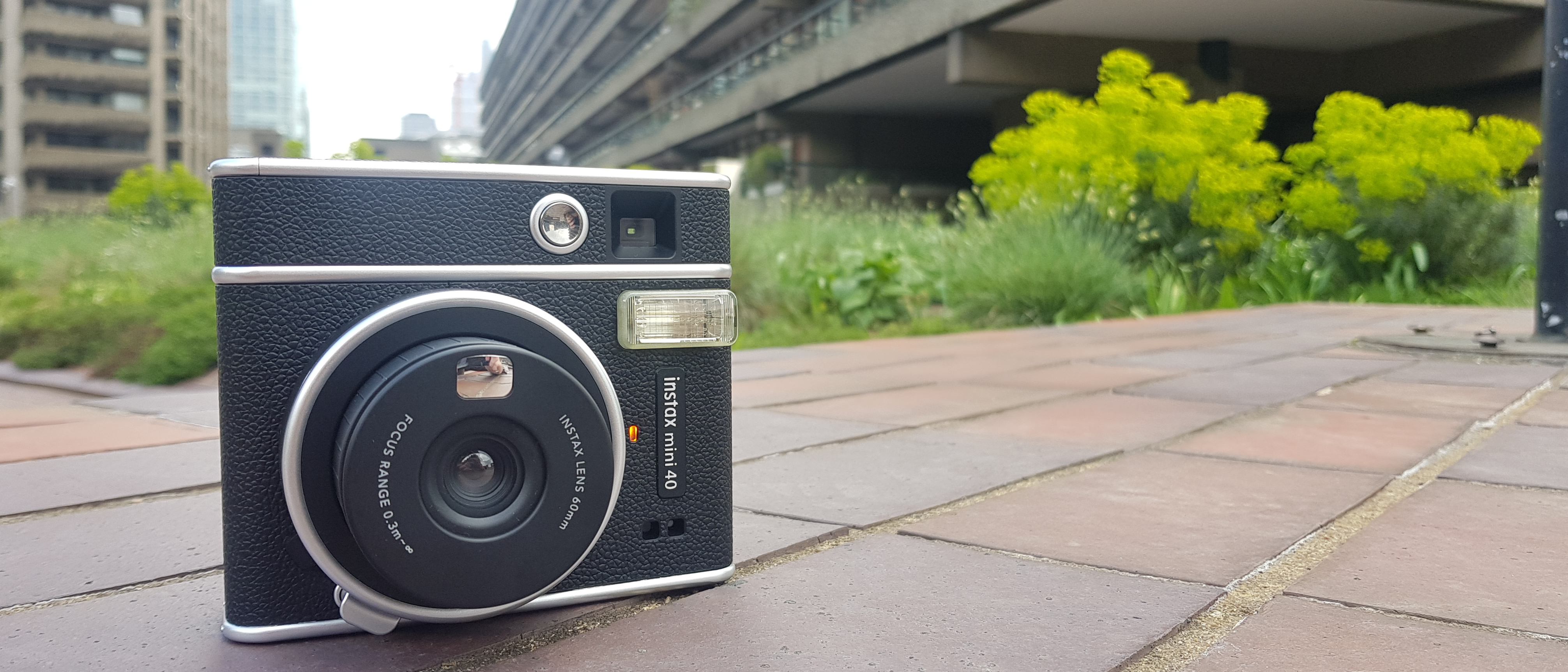Digital Camera World Verdict
The new Instax on the block doesn’t reinvent the wheel, but ramps up the cool factor. The stylish Instax Mini 40 is simplicity itself to use, and provides all the knockabout charm that its target users want. If you just want to point, shoot and be holding a photo 90 seconds later, this is your best buy.
Pros
- +
Anyone can use it
- +
Stylish, textured design
Cons
- -
Selfie mode hard to access
- -
Wasteful film packs
Why you can trust Digital Camera World
There's a twist of irony in instant cameras like the Instax Mini 40. While digital cameras will always be superseded by higher megapixel counts, better sensors and faster shutters, the best instant cameras will never age. The photochemical process won't advance, the way digital pixels do, so these analog cameras are essentially future-proof.
That's very much the case with the Instax Mini 40. Released in 2021, it's essentially the same cameras as the Instax Mini 11 that was launched the year before. The only real difference is that instead of bright, bouncy bubblegum colors and jello-like soft curves, the Mini 40 is designed to look like a vintage camera – with a grown-up leather-look finish and contrasting silver and black colors.
Looks aside, it's going to give you the same performance as the Mini 11 – though the Instax Mini 12 is slightly more advanced, and the Mini 40 costs up to 20 bucks more than both of them.
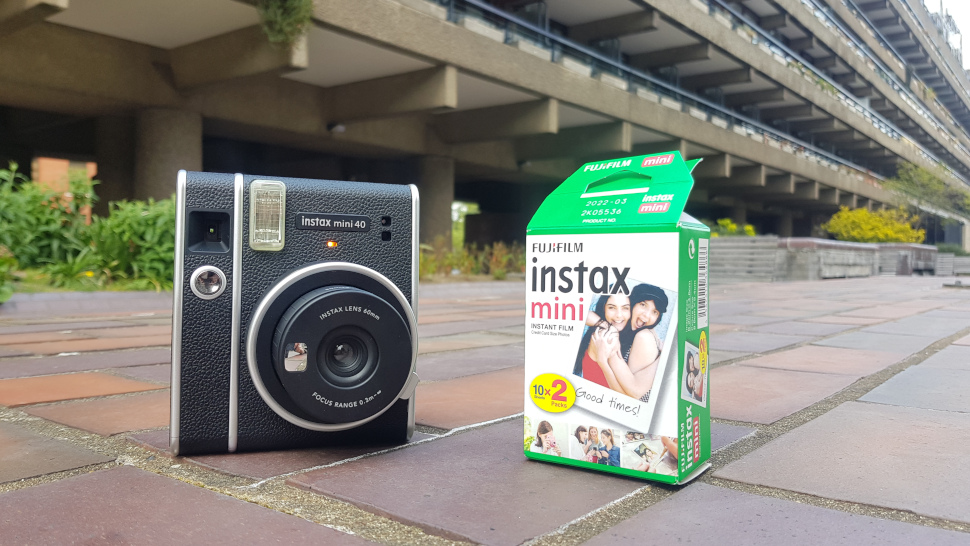
Specifications
Film type: Fujifilm Instax Mini instant film (62 mm × 46 mm)
Lens: 2 components, 2 elements, f = 60 mm, 1:12.7
Viewfinder: 0.37x finder
Minimum focusing distance: 0.3m
Programmed electronic shutter: 1/2 to 1/250 sec. Slow synchro for low light
Flash: Always-on
Power: 2x AA batteries
Dimensions: 104 x 121 x 65mm
Weight: 330g
Key features
The aim of the Instax Mini 40 is simplicity, so there’s not a whole lot to say about it in terms of functionality. You load the film packs, a process that requires a little fiddling, but is easy once you get used to it. With this done, you hold the camera vertically, frame up with the 0.37x viewfinder, and shoot.
That’s it. There’s no exposure control of any kind. You can’t even turn off the flash. The camera spits the image out, and it develops within 90 seconds. The only real control you can exercise is activating selfie mode – which is basically just pulling the front of the lens out to zoom in a little. There’s the obligatory selfie mirror to help you frame up.
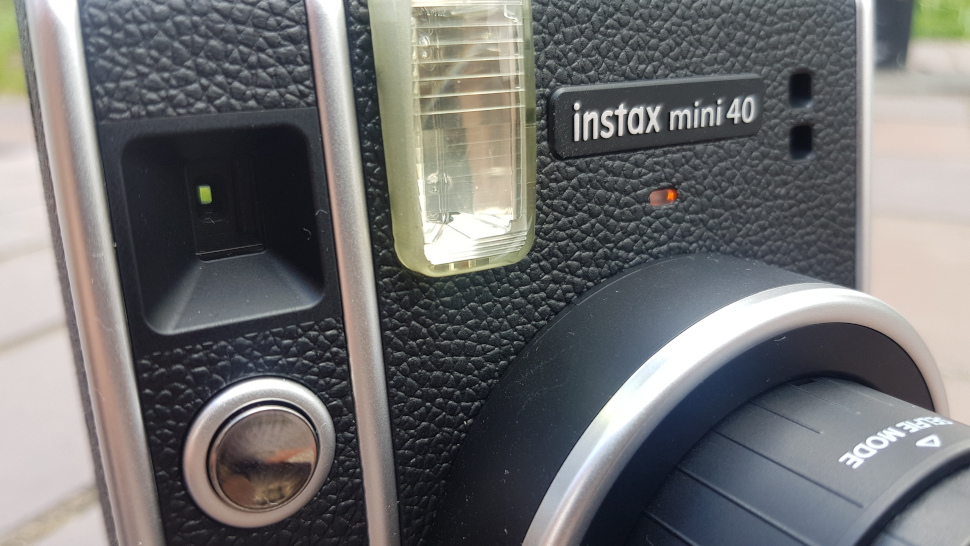
Instax film packs are easy to get hold of. They’re cheaper than, and inferior to, Polaroid film; they’re more expensive than, and better than, Kodak’s instant-print ZINK photo paper used in cameras like the Kodak Step.
This is all fine, but what is disappointing is how much single-use plastic they involve – in the wrapping and the packs themselves. This isn’t a problem unique to Instax, but it’s disappointing not to see more effort from Fujifilm on this.
Build and handling
Aesthetics don’t always matter. Few people care that the Canon EOS R5 Mark II looks boring. But anyone who buys an Instax camera and says they don’t care about how it looks is lying to you. Aesthetics are the whole point of instant film!
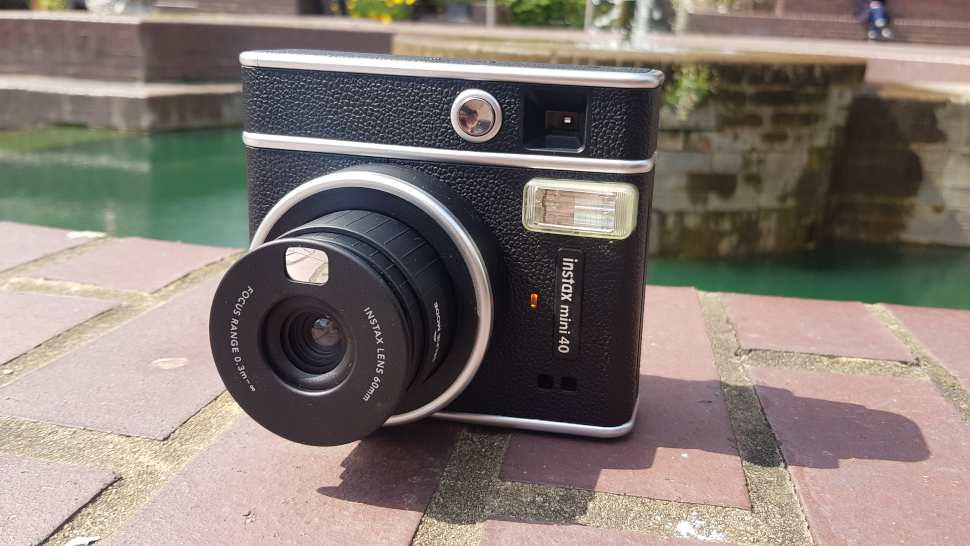
So there’s no shame in saying it’s a big tick for Instax Mini 40 that it looks so much better than the Mini 11 and 12. The overly smooth, swimming-pool-toy design of the other models is supplanted by a textured skin that’s more comfortable to hold, with a stylish silver trim. The Instax Mini 40 just looks cool.
There’s no grip or anything, but the camera handles well enough. The only annoyance I found was selfie mode. It’s activated by pulling out the lens front, but you have to pull hard enough that it feels like you’re going to break the camera.
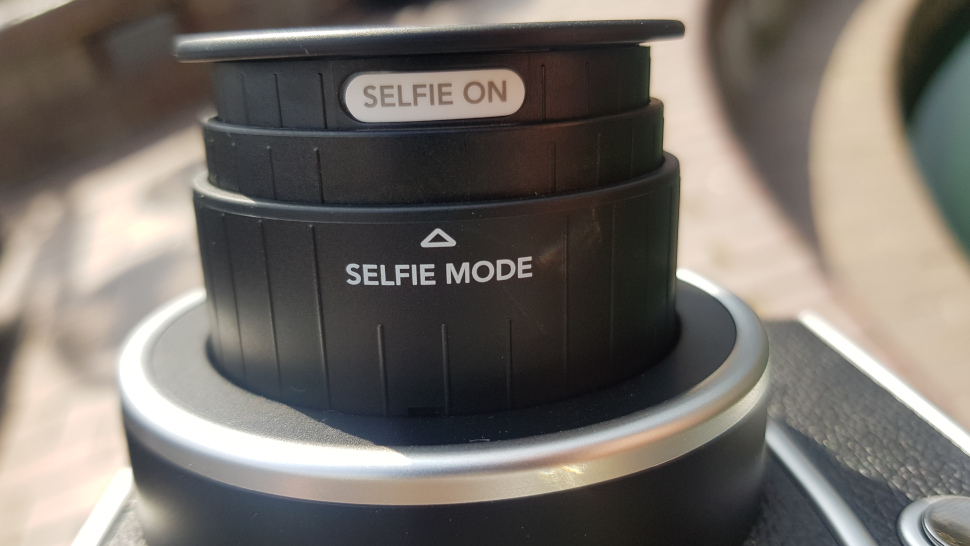
Performance
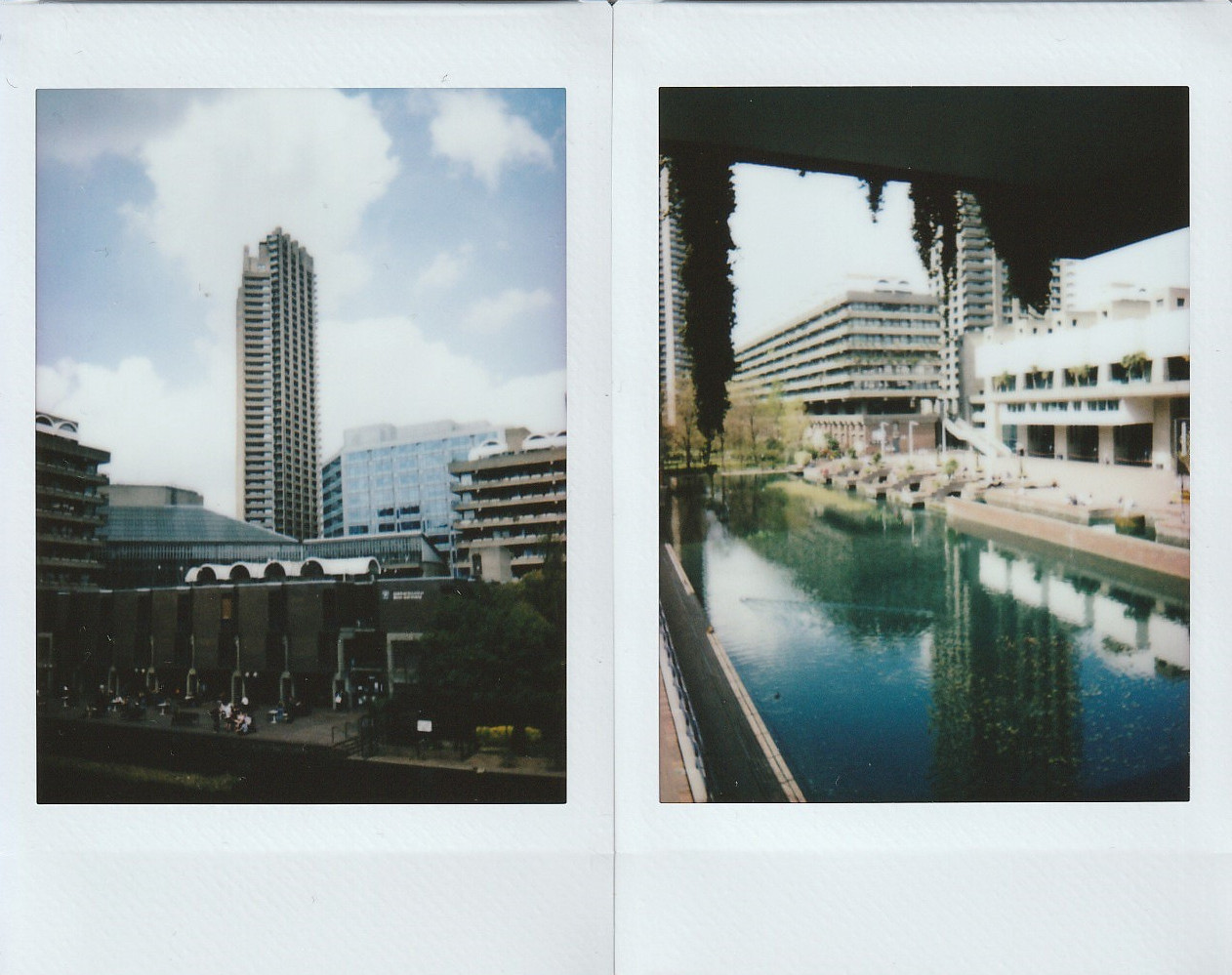
Instax shooting comes with some quirks, never more so than in a camera as no-frills as this. Exposures tend to be within the ballpark rather than bang on, with a bias towards overexposure. Blown-out highlights are common, to the point where some Instax users consider them a feature rather than a bug.
If you like the Instax look, you'll have nothing to complain about. The colors pop, there’s a decent amount of detail, and the finished product is ready within 90 seconds. As mentioned, the flash will always fire, even if you’re outside in blazing sunlight, which might be annoying if you’re trying to get an image of, say, a pet without startling it.
Shooting is easy, carefree and fun. The 0.3m minimum focus distance gives you a surprising amount of versatility with your subjects. The shot counter on the rear is a welcome quality-of-life feature, as is the fact that the camera is powered by common AA batteries.
Samples
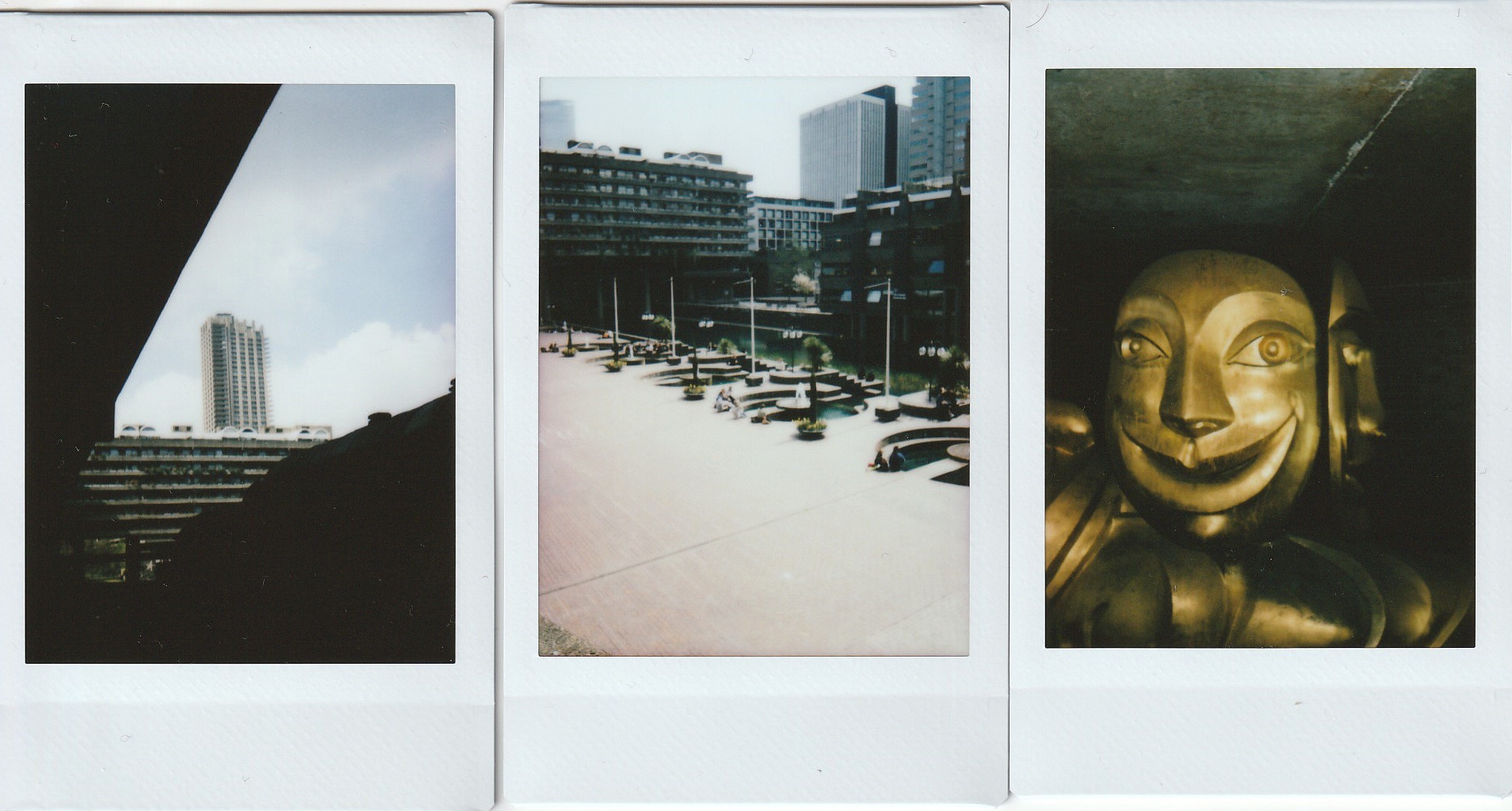
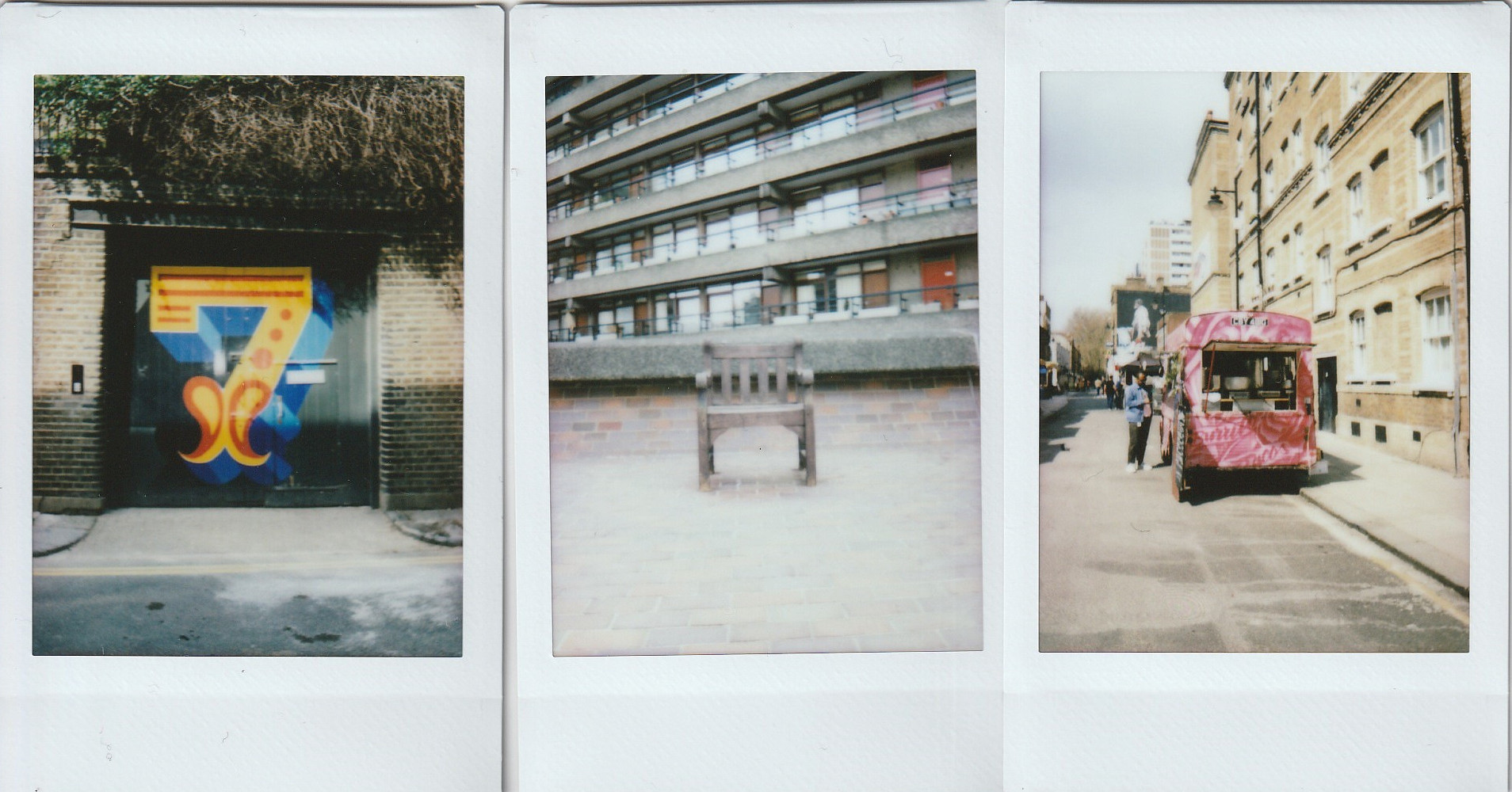
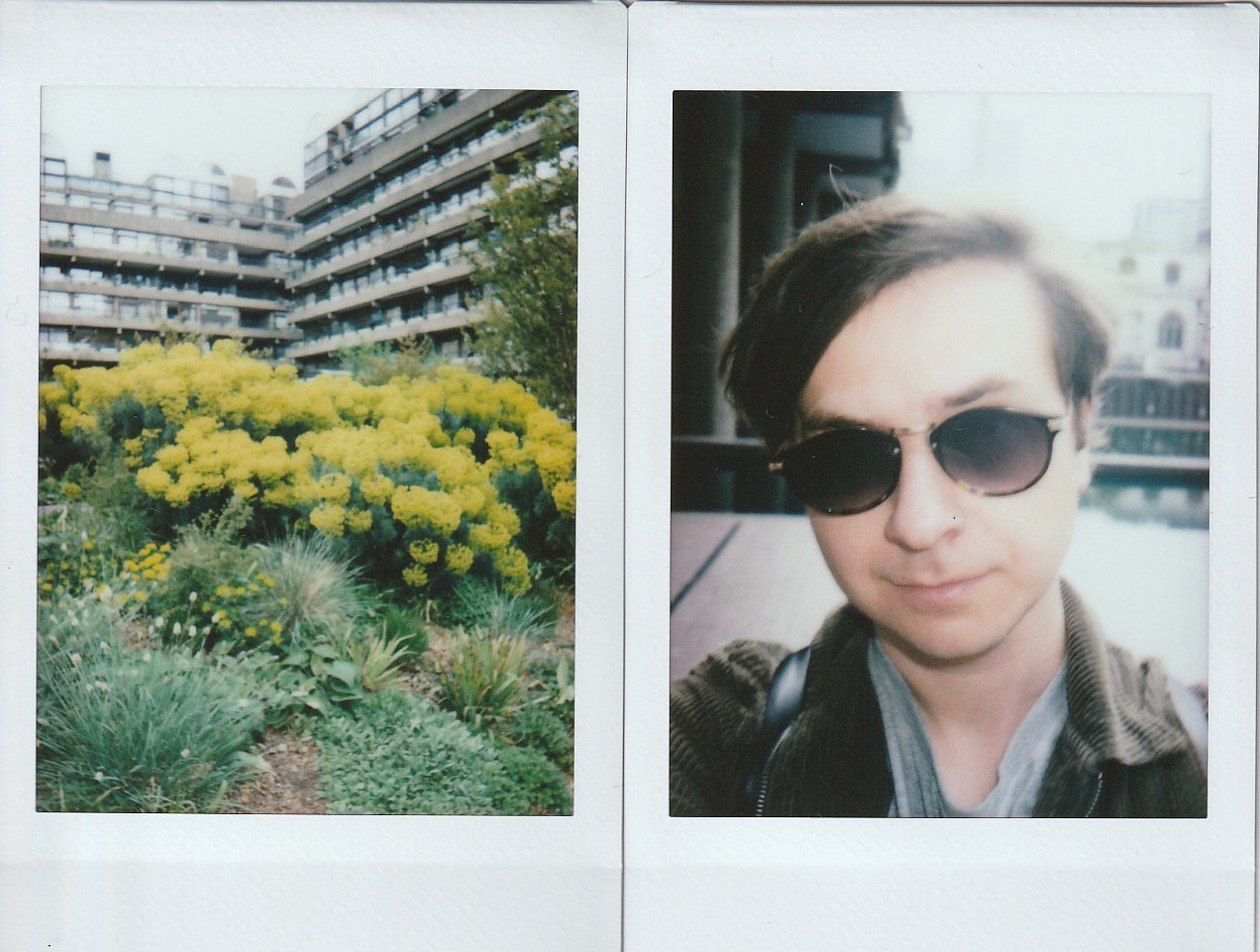
Verdict
If you don’t care at all about looks, the Instax Mini 11 and Mini 12 do the same as this, for cheaper. The Kodak Step offers a similar experience that’s much cheaper to run. But the Instax Mini 40 is sleeker and more stylish than the both of them. And style is substance – don't let anyone tell you otherwise.
Instant photography has been around for decades. You likely know what you’re getting into here – you’re trading technical perfection for lo-fi charm, and digital convenience for physical permanence. All you really need to know is whether the Instax Mini 40 does everything that instant film shooters need it to, and the answer to that is yes.
Before buying, check out our guides to instant camera film sizes and what type of instant film you need. You might also be interested in learning about the Instax vs Polaroid differences, as well as tips on how to take an Instax picture.
Jon spent years at IPC Media writing features, news, reviews and other photography content for publications such as Amateur Photographer and What Digital Camera in both print and digital form. With his additional experience for outlets like Photomonitor, this makes Jon one of our go-to specialists when it comes to all aspects of photography, from cameras and action cameras to lenses and memory cards, flash diffusers and triggers, batteries and memory cards, selfie sticks and gimbals, and much more besides.
An NCTJ-qualified journalist, he has also contributed to Shortlist, The Skinny, ThreeWeeks Edinburgh, The Guardian, Trusted Reviews, CreativeBLOQ, and probably quite a few others I’ve forgotten.
- James ArtaiusEditor in Chief
